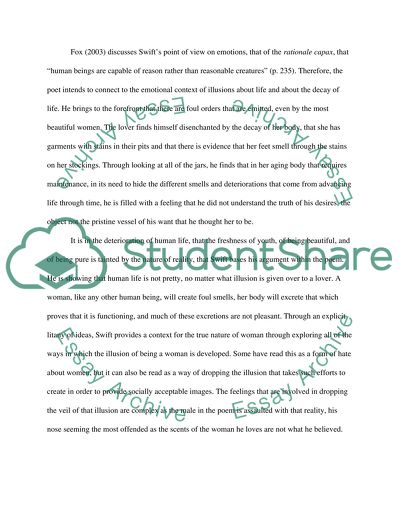Cite this document
(“Death, decay and emotion in romantic-modern works of literature Essay”, n.d.)
Retrieved from https://studentshare.org/literature/1431462-death-decay-and-emotion-in-romantic-modern-works-of-literature
Retrieved from https://studentshare.org/literature/1431462-death-decay-and-emotion-in-romantic-modern-works-of-literature
(Death, Decay and Emotion in Romantic-Modern Works of Literature Essay)
https://studentshare.org/literature/1431462-death-decay-and-emotion-in-romantic-modern-works-of-literature.
https://studentshare.org/literature/1431462-death-decay-and-emotion-in-romantic-modern-works-of-literature.
“Death, Decay and Emotion in Romantic-Modern Works of Literature Essay”, n.d. https://studentshare.org/literature/1431462-death-decay-and-emotion-in-romantic-modern-works-of-literature.


